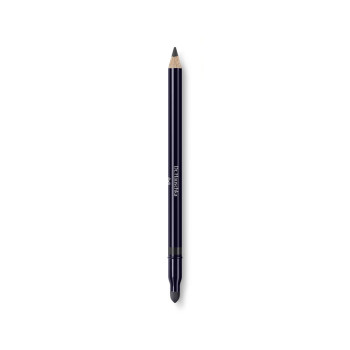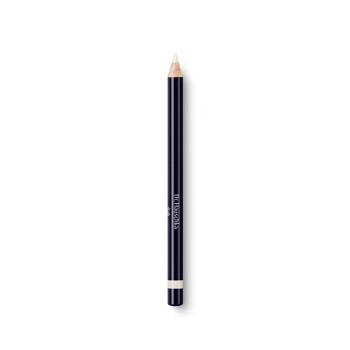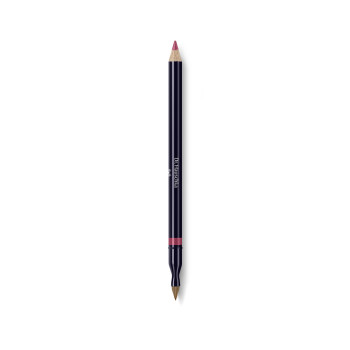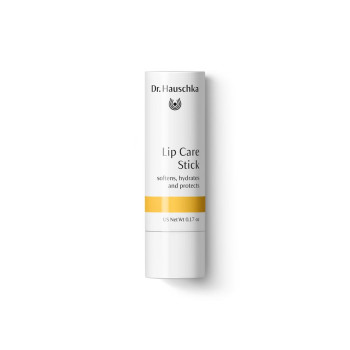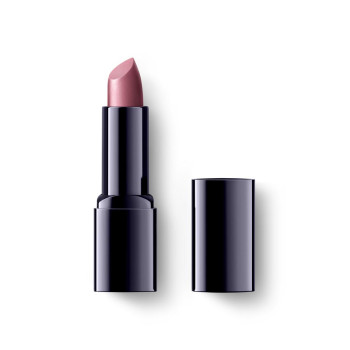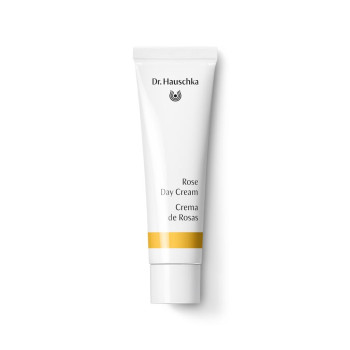
Carnauba
Synonyms: wax palm, carnauba palm, Brazilian Tree of Life, caranda palm, caranday palm
Scientific Name: Copernicia prunifera (Mill.) H.E. Moore
Family: Arecaceae (palm family)
Habitat
Brazil
Constituents
Carnauba wax consists primarily of saturated higher fatty acids: myricyl cerotate, carnaubic acid and cerotic acid
Description
The carnauba is a fan palm native to Brazil with a straight, cylindrical trunk that can grow up to 49 feet/15 meters high. A crown of fan-shaped fronds which may reach 6 1/2 feet/two meters in length radiates from the tip of its trunk. Gradually the lower leaves wither and drop, leaving behind a spiral of scars on the trunk. The young leaves in particular are covered on their upper and lower surfaces with numerous wax flakes. The leaf secretes these flakes to protect itself against dehydration. Carnauba flowers produce elongated yellowish berries each containing one seed.
Interesting Facts
The carnauba palm was given the scientific name Copernicia in honour of the famous astronomer Nicolaus Copernicus (1473-1543). The species name prunifera is made up of the Latin prunum = plum and -fer = bearing, and describes the fruits of the palm. In its native Brazil the carnauba palm is also called carnaúbeira. About 300 years ago in the North East of Brazil, Spanish Jesuits learned the diverse uses of the carnauba palm from the indigenous Tremembé, who knew the palm as the Tree of Wisdom. They used preparations from its roots combat inflammation. The cherry-sized fruits make good animal feed and, when boiled and ground, can be used as a kind of coffee substitute. The shoots make a tasty soup, the pith provides a starchy flour and palm syrup can be made from the sap - this in turn can be made into a kind of wine or vinegar. The hard wood makes a durable building material and high-quality veneer, the leaf fibres can be made into ropes, mats and hats and the fronds into roof coverings and hammocks. The wax is the only produce of the palm that has achieved economic significance. To obtain the wax the young, cut fronds of the carnauba palm are dried. During the drying process the leaf shrinks and the wax flakes can then be threshed or scraped from the leaves. The yield is relatively small, however. One leaf produces 0.07 oz/2 grams of wax. Each tree yields 5.6 oz/160 grams of wax per year. The first load of wax was shipped to Europe in 1824 on the initiative of the Englishman James Frederick Clark. Until the outbreak of the Second World War the export of carnauba wax to Europe played an important economic role in many areas of Brazil. Then synthetic substitutes ousted carnauba wax from the market and this export sector collapsed.
The plant in our products
Carnauba wax protects the skin against drying weather conditions. It contributes to the heat stability of Dr. Hauschka products, increasing their breaking strength and providing the desired shine, e.g. in:
